


Books in series

Junkers Ju 87 Stukageschwader 1937-1941
1997

Helldiver Units of World War 2
1997

Mosquito Bomber/Fighter Bomber Units 1942-45
1997

Blenheim Squadrons of World War 2
1998

Junkers Ju 87 Stukageschwader of North Africa and the Mediterranean
1998

F-8 Crusader Units of the Vietnam War
1998

P-61 Black Widow Units Of World War 2
1998
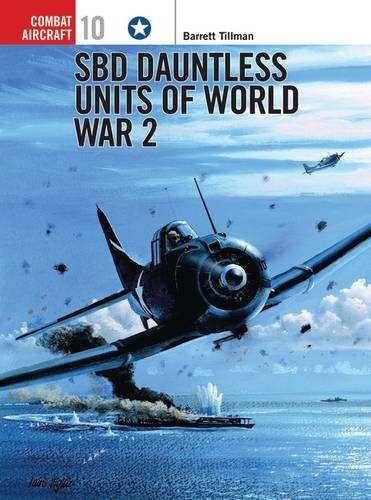
SBD Dauntless Units of World War 2
1998

B-24 Liberator Units of the Pacific War
1999

RF-8 Crusader Units over Cuba and Vietnam
1999

Mosquito Photo-Reconnaissance Units of World War 2
1999

Halifax Squadrons of World War 2
1999

TBF/TBM Avenger Units Of World War 2
1999

Ju 88 Kampfgeschwader on the Western Front
2000

B-17 Flying Fortress Units of the Eighth Air Force (Part 1)
2000

Sunderland Squadrons of World War 2
2000

TBD Devastator Units of the US Navy
2000

B-24 Liberator Units of the Fifteenth Air Force
2000

Mitsubishi Type 1 Rikko 'Betty' Units of World War 2
2001

Arab Israeli Air Wars 1947-82
2001

Conflict in the Balkans 1991-2000
2001

MiG-17 and MiG-19 Units of the Vietnam War
2001

Air War in the Gulf 1991
2001

Air War in the Falklands 1982
2001

MiG-21 Units of the Vietnam War
2001

US Navy F-4 Phantom II MiG Killers 1972-73, Part 2
2002

B-25 Mitchell Units of the MTO
2002

B-29 Superfortress Units of World War 2
2002

Lancaster Squadrons 1944–45
2002

B-17 Flying Fortress Units of the Eighth Air Force
2000

Iranian F-4 Phantom II Units In Combat
2003

B-17 Flying Fortress Units of the MTO
2003

B-17 Flying Fortress Units of the Pacific War
2003

Combat Aircraft 40
PBJ Mitchell Units of the Pacific War
2003

US Army AH-1 Cobra Units in Vietnam
2003

B-29 Superfortress Units of the Korean War
2003

B-52 Stratofortress Units in Combat 1955–73
2004

Arab MiG-19 & MiG-21 Units in Combat
2004

USAF F-4 Phantom II MiG Killers 1965–68
2004

US Navy Hornet Units of Operation Iraqi Freedom Part One
2004

US Navy A-7 Corsair II Units of the Vietnam War
2004

Iranian F-14 Tomcat Units in Combat
2004

RA-5C Vigilante Units In Combat
2004

US Navy F-14 Tomcat Units of Operation Iraqi Freedom
2005

US Marine Corps and RAAF Hornet Units of Operation Iraqi Freedom
2006

US Navy Hornet Units of Operation Iraqi Freedom Part Two
2005

F-15E Strike Eagle Units in Combat 1990-2005
2005

B-1B Lancer Units in Combat
2006

F-16 Fighting Falcon Units of Operation Iraqi Freedom
2006

US Navy PBY Catalina Units of the Pacific War
2007

Aichi 99 Kanbaku 'Val' Units
1937-42
2008

B-2A Spirit Units in Combat
2006

US Navy PBY Catalina Units of the Atlantic War
2006

Israeli F-15 Eagle Units In Combat
2006

F-117 Stealth Fighter Units of Operation Desert Storm
2007

US Navy and Marine Corps A-4 Skyhawk Units of the Vietnam War 1963-1973
2007

F-14 Tomcat Units of Operation Enduring Freedom
2008

Il-2 Shturmovik Guards Units of World War 2
2008

Junkers Ju 87 Stukageschwader of the Russian Front
2008

Junkers Ju 88 Kampfgeschwader in North Africa and the Mediterranean
2009

Lockheed SR-71 Operations in the Far East
2008

US Navy A-1 Skyraider Units of the Vietnam War
2009

F4U Corsair Units of the Korean War
2009

Junkers Ju 88 Kampfgeschwader on the Russian Front
2006

Lockheed SR-71 Operations in Europe and the Middle East
2009

Israeli A-4 Skyhawk Units in Combat
2009

A-26 Invader Units of World War 2
2009

Me 262 Bomber and Reconnaissance Units
2012

F-105 Thunderchief Units of the Vietnam War
2010

Typhoon Wings of 2nd TAF 1943–45
2006

B-24 Liberator Units of the CBI
2011

Victor Units of the Cold War
2011

F-100 Super Sabre Units of the Vietnam War
2011

AV-8B Harrier II Units of Operations Desert Shield and Desert Storm
2011

He 111 Kampfgeschwader in the West
2012

P-47 Thunderbolt Units of the Twelfth Air Force
2012

US Marine Corps F-4 Phantom II Units of the Vietnam War
2012

Valiant Units of the Cold War
2012

Pe-2 Guards Units of World War 2
2013

A-10 Thunderbolt II Units of Operation Enduring Freedom 2002-07
2013

AV-8B Harrier II Units of Operation Iraqi Freedom I-VI
2013

He 111 Kampfgeschwader on the Russian Front
2013
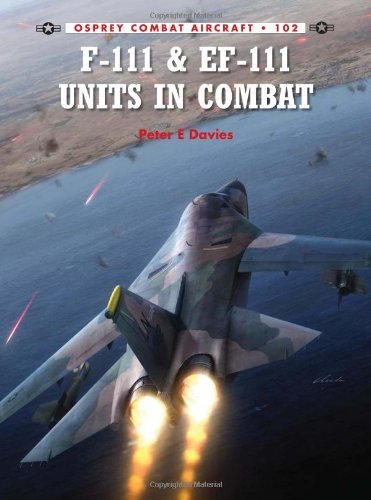
F-111 & EF-111 Units in Combat
2014

F9F Panther Units of the Korean War
2014

AV-8B Harrier II Units of Operation Enduring Freedom
2014

RAF Canberra Units of the Cold War
2014

Savoia-Marchetti S.79 Sparviero Torpedo-Bomber Units
2014

F-105 Thunderchief MiG Killers of the Vietnam War
2014

A-3 Skywarrior Units of the Vietnam War
2015

Su-25 'Frogfoot' Units In Combat
2015

A-10 Thunderbolt II Units of Operation Enduring Freedom 2008-14
2015

Luftwaffe Mistel Composite Bomber Units
2015

F-51 Mustang Units of the Korean War
2015
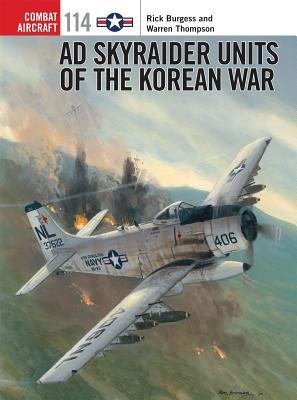
AD Skyraider Units of the Korean War
2016

US Navy F-4 Phantom II Units of the Vietnam War 1964-68
2016
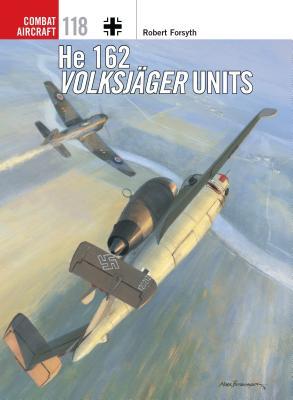
He 162 Volksjäger Units
2016
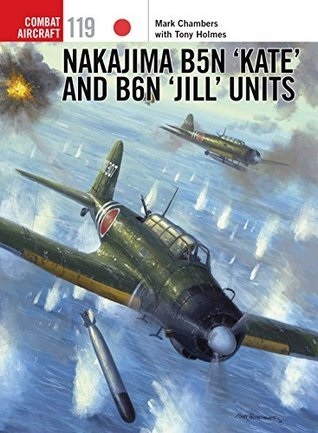
Nakajima B5N 'Kate' and B6N 'Jill' Units
2017
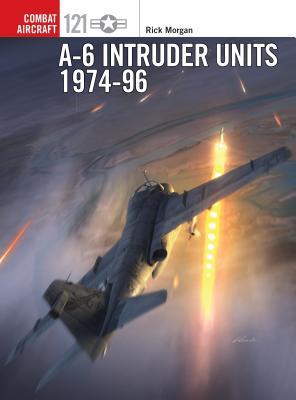
A-6 Intruder Units 1974-96
2017

Savoia-Marchetti S.79 Sparviero Bomber Units
2018

Heinkel He 177 Units of World War 2
2018
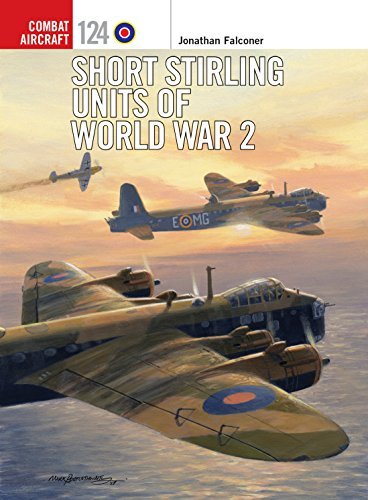
Short Stirling Units of World War 2
2018
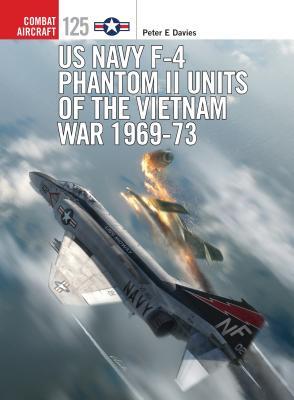
US Navy F-4 Phantom II Units of the Vietnam War 1969-73
2018
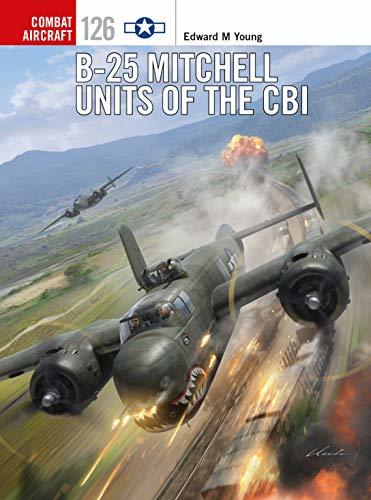
B-25 Mitchell Units of the CBI
2018

RF-101 Voodoo Units in Combat
2019

F-80 Shooting Star Units of the Korean War
2019
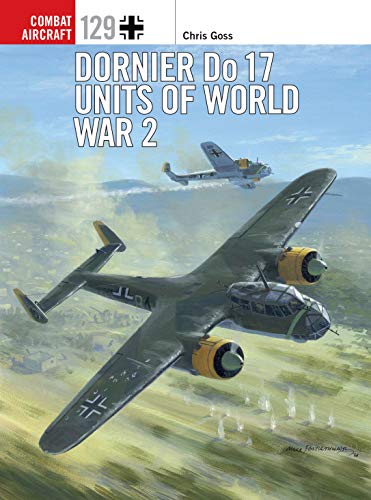
Dornier Do 17 Units of World War 2
2019
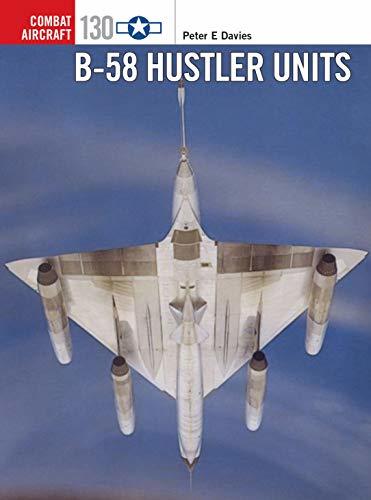
B-58 Hustler Units
2019
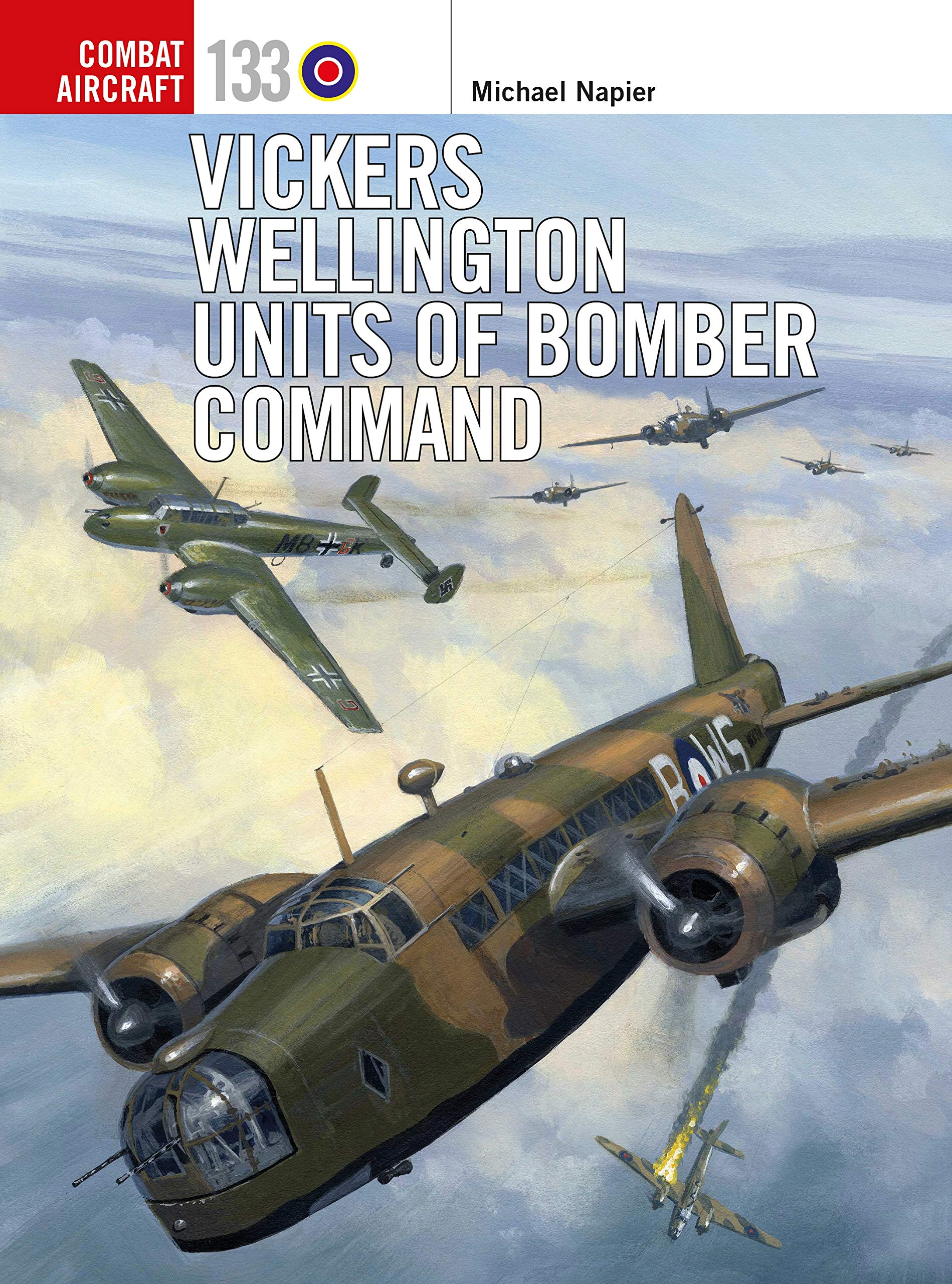
Vickers Wellington Units of Bomber Command
2020
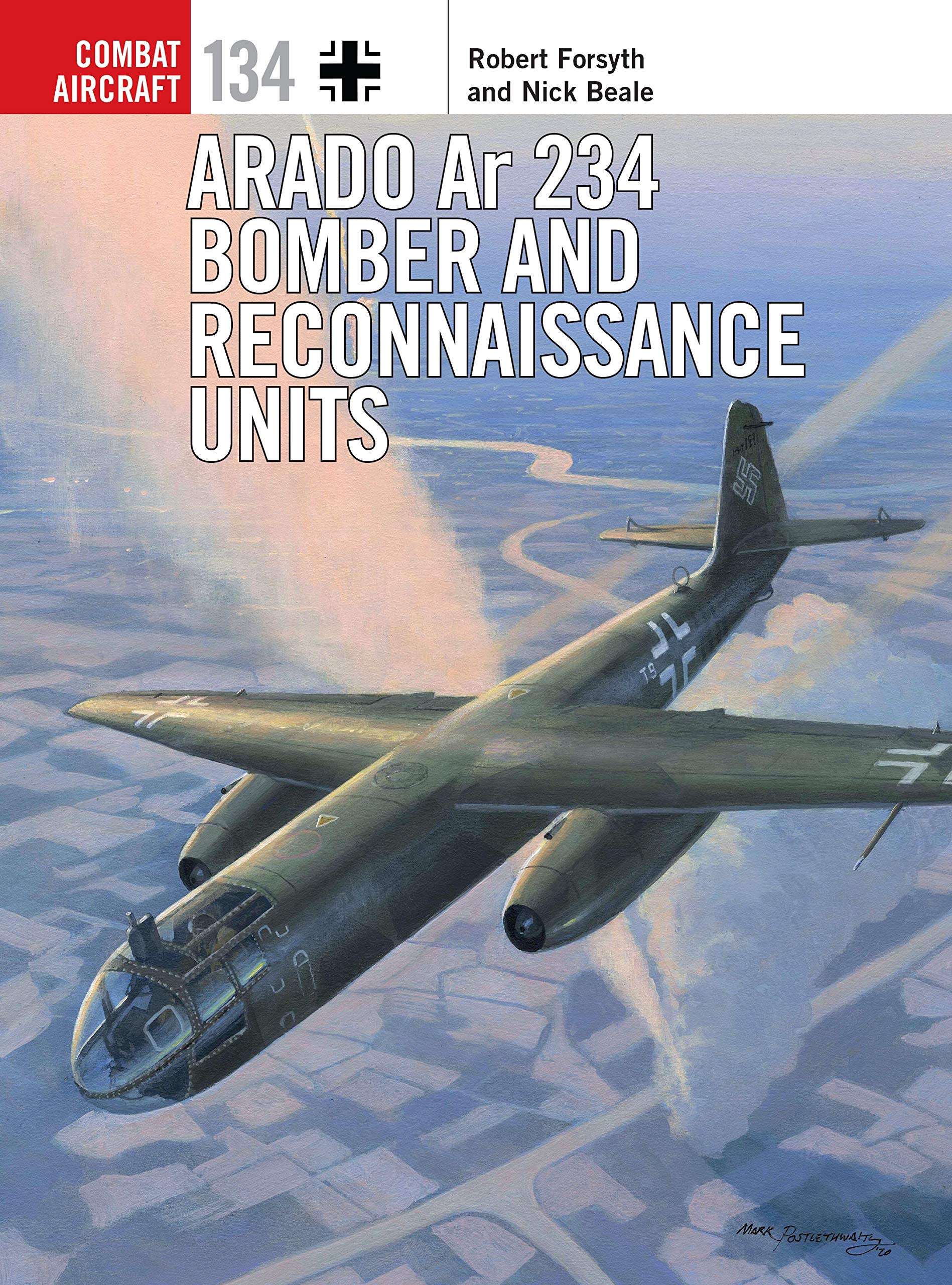
Arado Ar 234 Bomber and Reconnaissance Units
2020
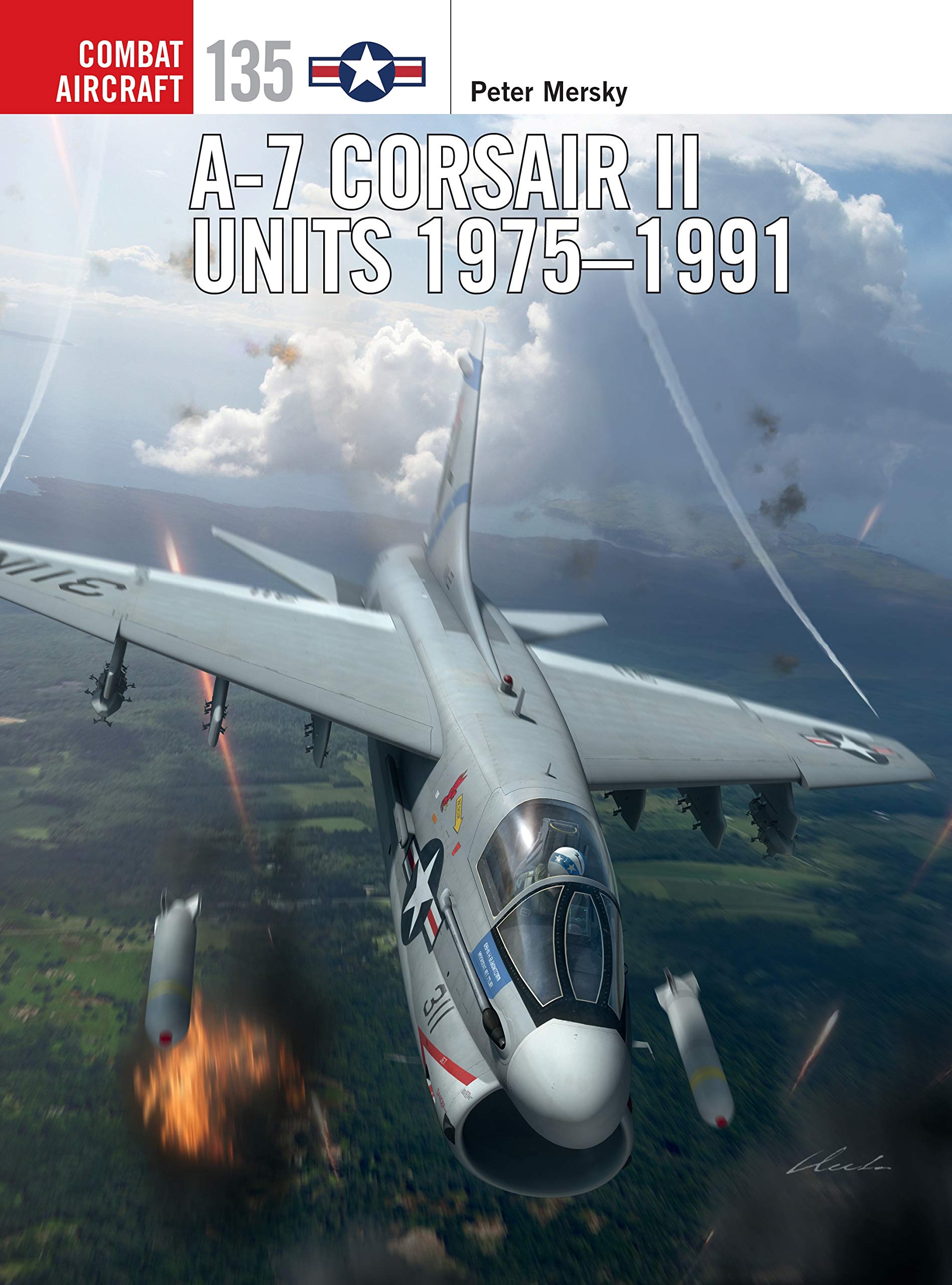
A-7 Corsair II Units 1975-91
2020
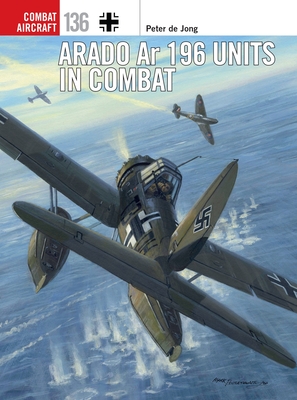
Arado Ar 196 Units in Combat
2021
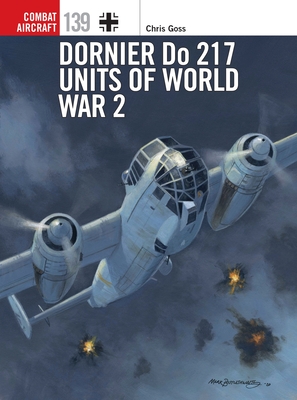
Dornier Do 217 Units of World War 2
2021
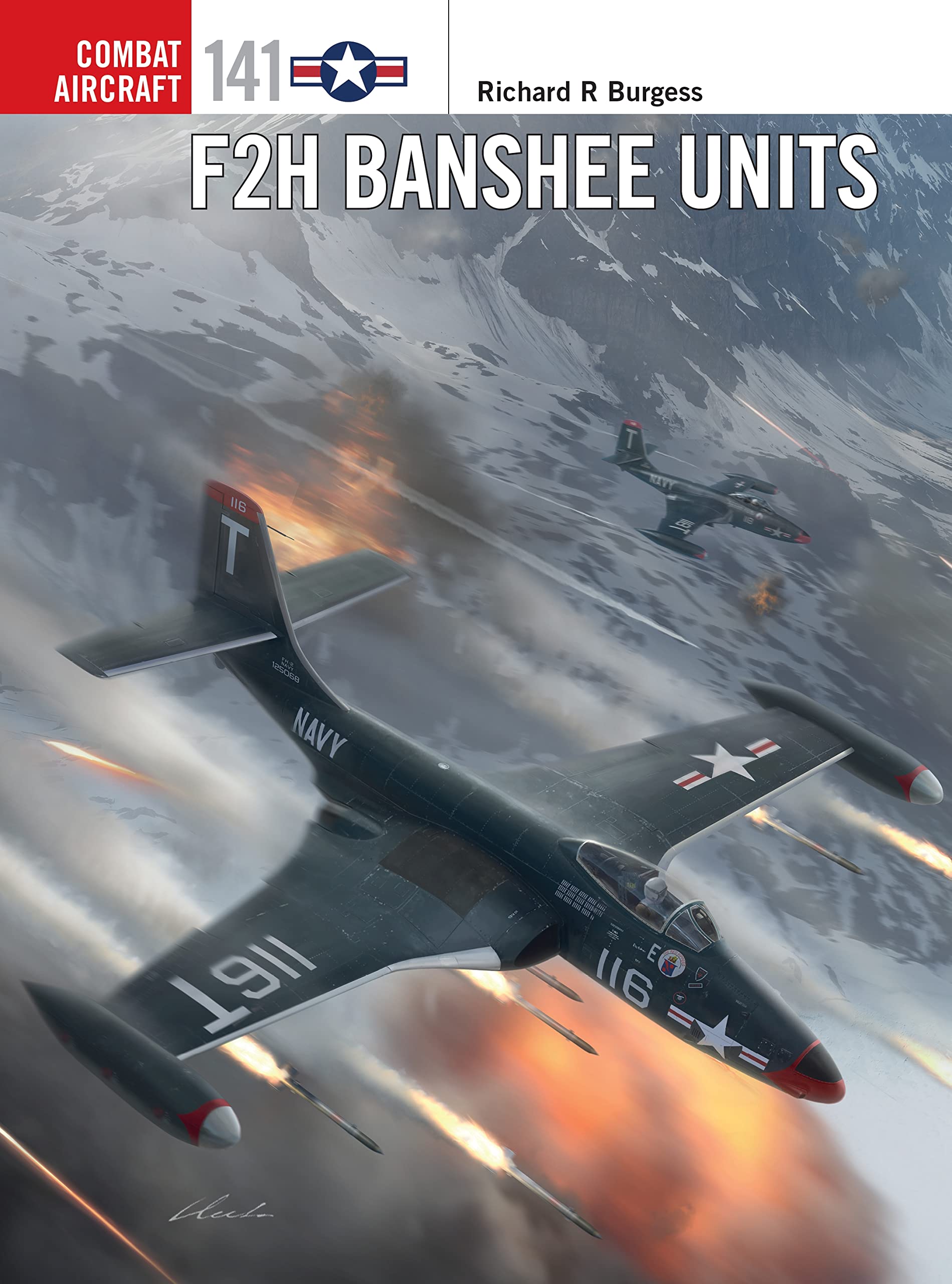
F2H Banshee Units
2022
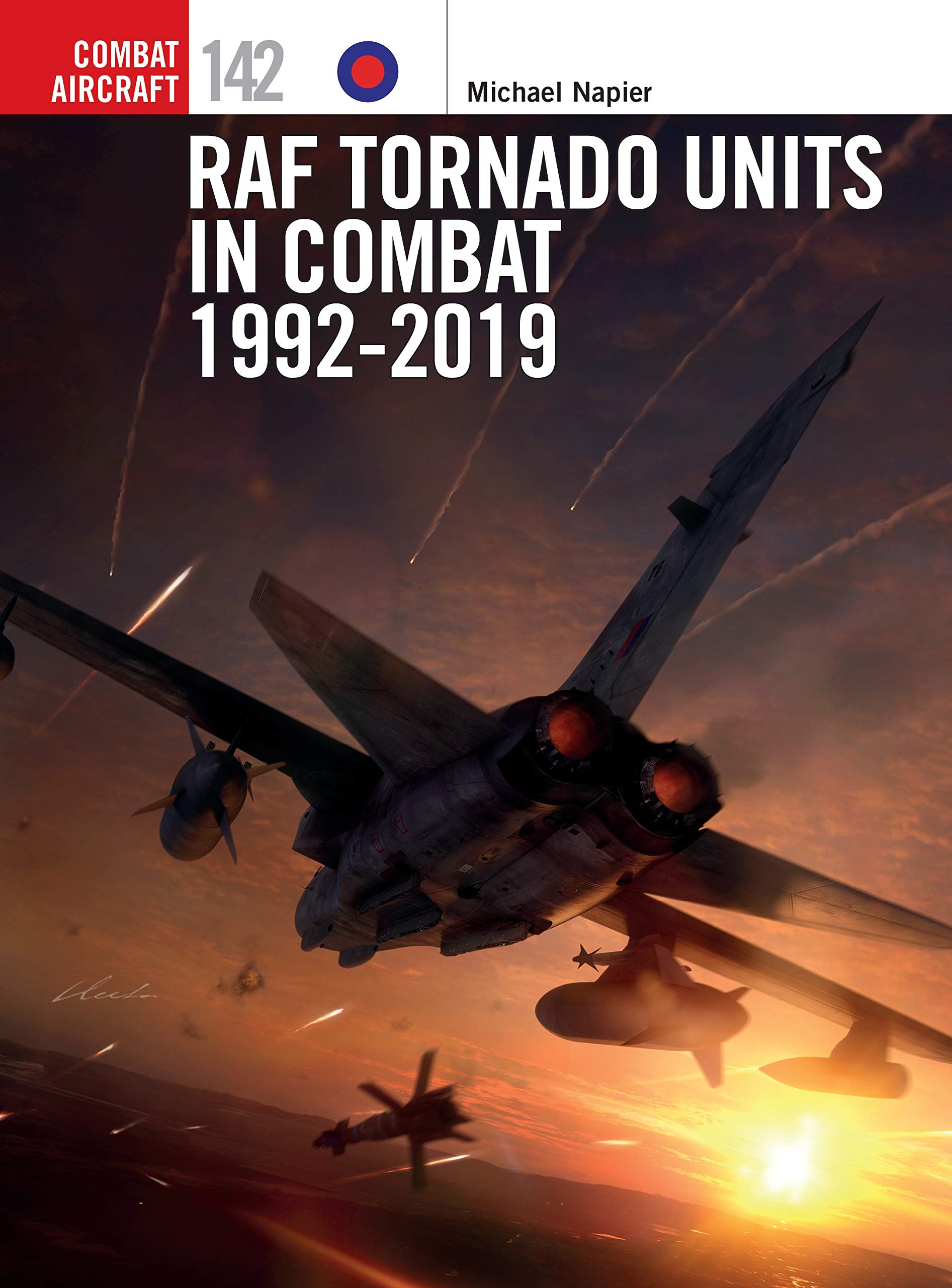
RAF Tornado Units in Combat 1992-2019
2022
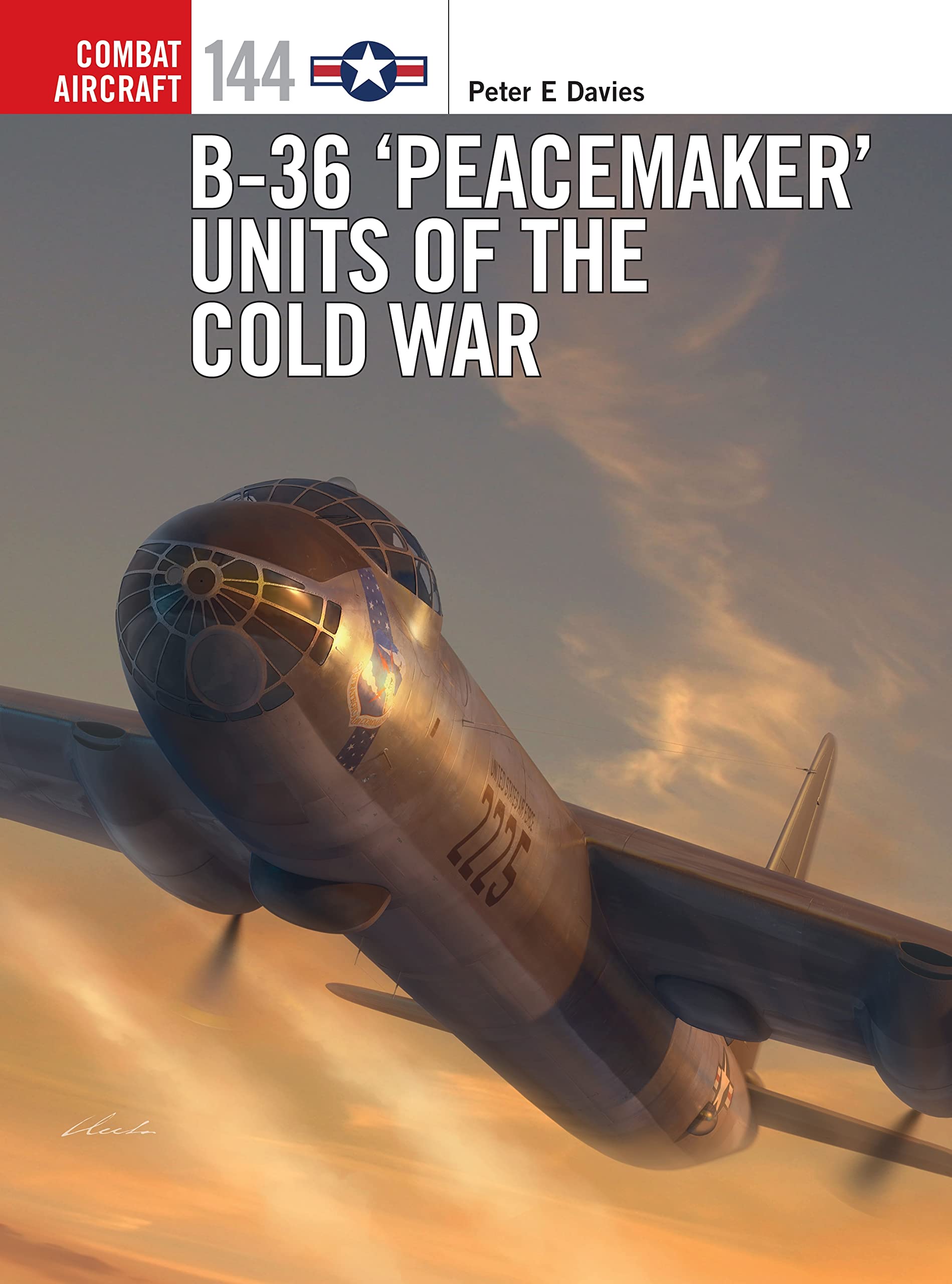
B-36 ‘Peacemaker’ Units of the Cold War
2022
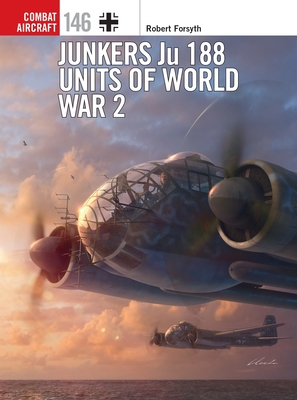
Junkers Ju 188 Units of World War 2
2022
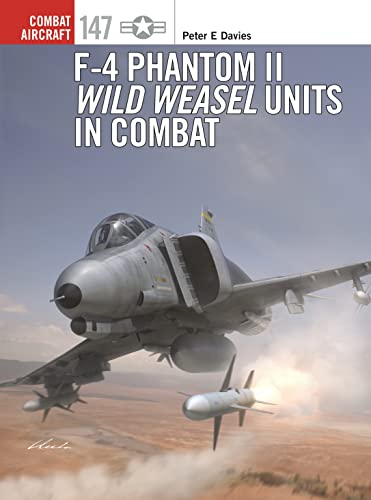
F-4 Phantom II Wild Weasel Units in Combat
2023
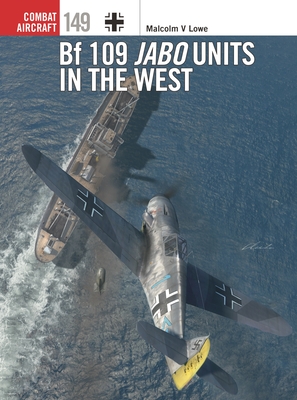
Bf 109 Jabo Units in the West
2023
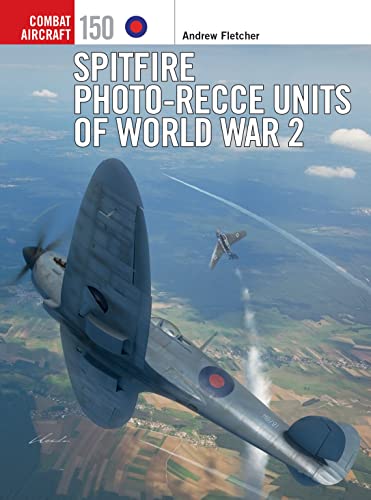
Spitfire Photo-Recce Units of World War 2
2023
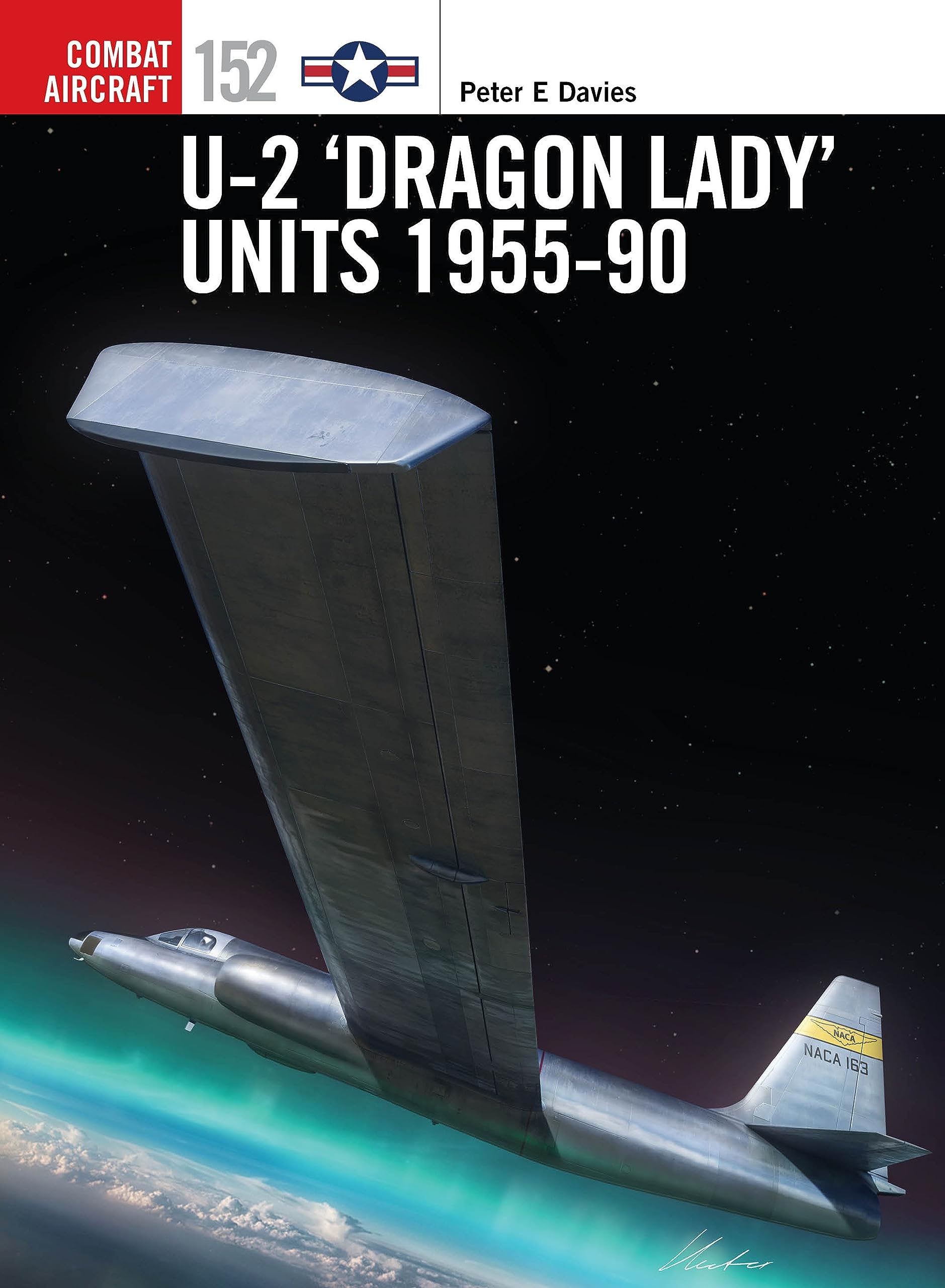
U-2 ‘Dragon Lady’ Units 1955–90
2024
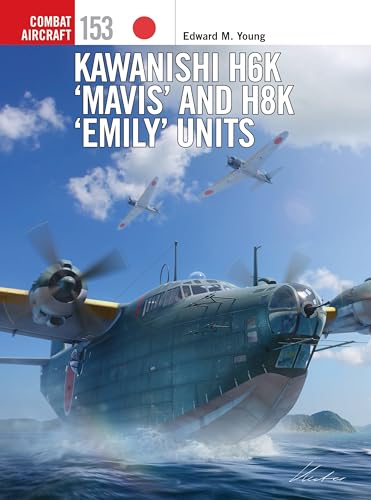
Kawanishi H6K ‘Mavis’ and H8K ‘Emily’ Units
2024
Authors

Born a fourth-generation Oregonian, descended from American pioneers, Revolutionary War Patriots, Pilgrims (e.g. Priscilla Alden) and Pocahontas, Tillman was raised on the family wheat and cattle ranch. His younger brothers include a breeder of exotic animals and a Rhodes Scholar. In high school he was an Eagle Scout[citation needed], won two state titles as a rudimental drummer, and was a champion speaker and debater. Tillman was first published in 1964 at age 15 and graduated from the University of Oregon in 1971 with a bachelor’s degree in journalism. Like his father, a Navy trained pilot in World War II, Tillman developed an early passion for aviation and learned to fly at age 16. Over the next several years he flew a variety of vintage and historic aircraft, including a pre-WW II Navy trainer and a restored dive-bomber. The latter became the subject of his first book, The Dauntless Dive Bomber of World War II, published in 1976. It established the format for many subsequent books, operational histories of U.S. Navy aircraft. After college Tillman worked as a freelance writer until 1982 when he founded Champlin Fighter Museum Press in Mesa, Arizona, publishing out-of-print and new titles on military aviation. In 1986 he moved to San Diego to become managing editor of The Hook, quarterly journal of the Tailhook Association. He remained in that position for three years before deciding to focus full time to writing fiction. His first novel was published in June 1990. Warriors[1] depicted a Mideast air war and became an immediate best seller when Iraq invaded Kuwait two months later. Tillman's next two novels appeared in 1992: The Sixth Battle, (written with his brother John) which captured a wide following among computer war gamers; and Dauntless, intended as the first in a trilogy. It was followed by Hellcats, nominated as military novel of the year in 1996. He has also published original fiction in the Stephen Coonts anthologies, Combat and Victory. Tillman remains active as a magazine writer. He is a regular contributor to The Hook, Flight Journal, and several firearms publications. He has also reported from Africa for Soldier of Fortune magazine. Tillman is a former executive secretary of the American Fighter Aces Association.[2] -http://en.wikipedia.org/wiki/Barrett\_...

Dr. David C. Nicolle (born 4 April 1944) is a British historian specialising in the military history of the Middle Ages, with a particular interest in the Middle East. David Nicolle worked for BBC Arabic before getting his MA at SOAS, University of London. He gained a PHD at the University of Edinburgh. He lectured in World and Islamic art and architecture at Yarmouk University, Jordan. He was also on the editorial board of the Medieval History Magazine.

Author of "HITLER'S TIME MACHINE." Author (1955- ); Air Force veteran (1957-60); retired Foreign Service officer (1964-89). Author of about 75 books on the Air Force and on military history and operations. Author of the weekly "Back Talk" column in Air Force Times newspaper, the monthly "Washington Watch" column in Aerospace America magazine; the monthly "Front Line" column in Combat Aircraft magazine; the monthly "Washington News" column in Air International magazine; the "The Way It Was" photo feature in Warbirds magazine; the "History Mystery" feature in Air Power History magazine, and other stuff. I live in Virginia with spouse and Labrador retriever, have grown sons, new iMac. "HITLER'S TIME MACHINE" was published in December 2014
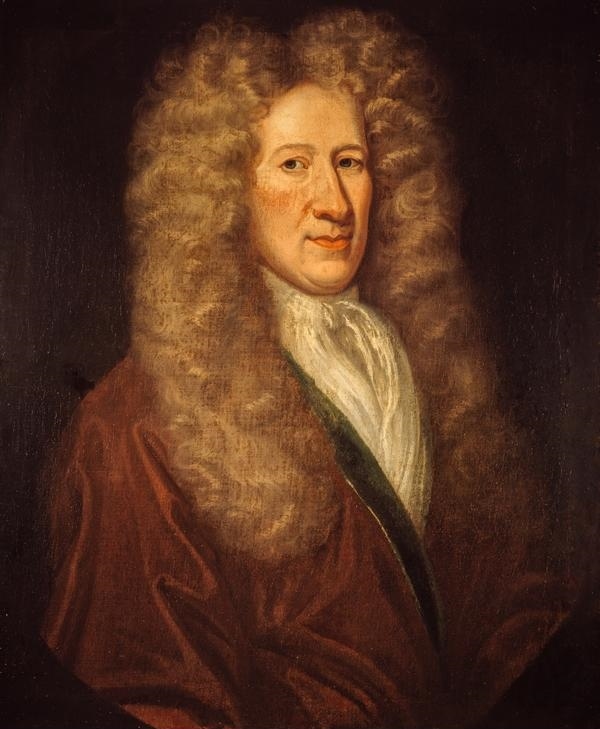
Andrew Fletcher of Saltoun (1653 - 1716) was a Scottish writer, politician and patriot. He was a Commissioner of the old Parliament of Scotland and opposed the 1707 Act of Union between Scotland and England. He was the son and heir of Sir Robert Fletcher (1625 - 1664), and was born at Saltoun in Haddingtonshire. Educated by Gilbert Burnet, the future Bishop of Salisbury, who was then minister at Saltoun, he completed his education in mainland Europe. Fletcher was elected, as the Commissioner for Haddingtonshire, to the Scottish Parliament in 1678. At this time, Charles II's representative in Scotland was John Maitland, 1st Duke of Lauderdale. The Duke had taxation powers in Scotland, and maintained a standing army there in the name of the King. Fletcher bitterly opposed the Duke, whose actions only strengthened Fletcher's distrust of the royal government in Scotland, as well as all hereditary power.